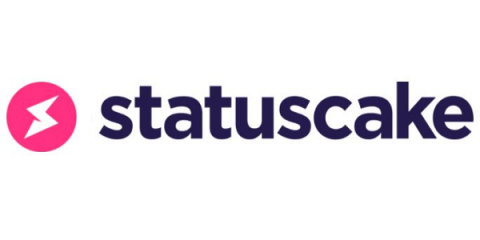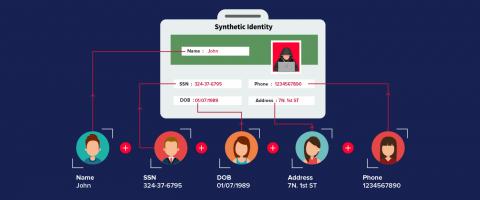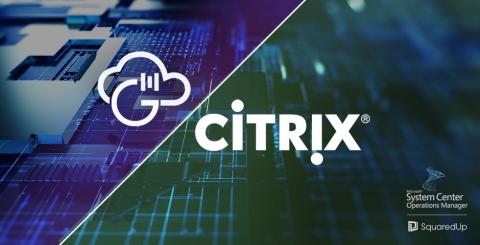Introducing CloudWisdom, A SaaS Platform that Reduces the Cost and Risk of Operating Public Cloud Infrastructure
We are excited to announce CloudWisdom, a SaaS platform that reduces the cost and risk of operating public cloud infrastructure for enterprise businesses. CloudWisdom optimizes public cloud computing and capacity by recommending configurations unique to your application workloads using machine learning algorithms. This enables our customers to avoid performance bottlenecks and financial waste commonly associated with environments hosted in the public cloud.









